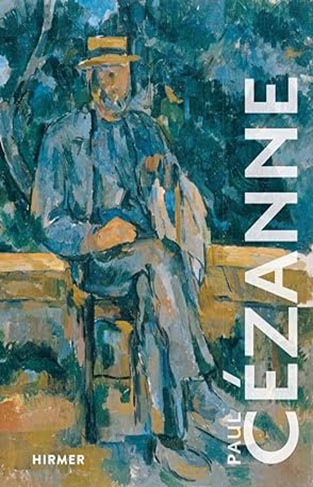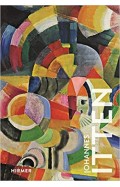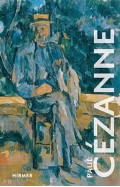Paul Cézanne - The Great Masters of Art
By: Christoph Wagner
-
Rs 2,846.25
- Rs 3,795.00
- 25%
You save Rs 948.75.
Due to constant currency fluctuation, prices are subject to change with or without notice.
Paul Cézanne (1839 – 1906) painted the Montagne Sainte-Victoire, a rocky massif near his birthplace Aix-en-Provence, some 80 times. The artist translated the interplay of sunlight and shadow on the constantly changing stone into pictures on the threshold of abstraction. Today they are seen as icons of art history and they underline Cézanne’s reputation as one of the most important pioneers of Classical Modernism. Countless artists, including Matisse, Derain, Picasso, Braque and Léger found inspiration in Cézanne’s ideas on colour modulation and pictorial composition. In this publication the author Christoph Wagner positions Cézanne as an artistic genius who opened up for future generations a completely new view of the world through his paintings and watercolours.
Paul Cézanne (1839 – 1906) painted the Montagne Sainte-Victoire, a rocky massif near his birthplace Aix-en-Provence, some 80 times. The artist translated the interplay of sunlight and shadow on the constantly changing stone into pictures on the threshold of abstraction. Today they are seen as icons of art history and they underline Cézanne’s reputation as one of the most important pioneers of Classical Modernism. Countless artists, including Matisse, Derain, Picasso, Braque and Léger found inspiration in Cézanne’s ideas on colour modulation and pictorial composition. In this publication the author Christoph Wagner positions Cézanne as an artistic genius who opened up for future generations a completely new view of the world through his paintings and watercolours.
Johannes Itten (The Great Masters of Art)
By: Christoph Wagner
Rs 1,946.75 Rs 2,995.00 Ex Tax :Rs 1,946.75
Paul Cézanne - The Great Masters of Art
By: Christoph Wagner
Rs 2,846.25 Rs 3,795.00 Ex Tax :Rs 2,846.25
Zubin Mehta: A Musical Journey (An Authorized Biography)
By: VOID - Bakhtiar K. Dadabhoy
Rs 472.50 Rs 1,050.00 Ex Tax :Rs 472.50
No similar books from this author available at the moment.
No recently viewed books available at the moment.
Zubin Mehta: A Musical Journey (An Authorized Biography)
By: VOID - Bakhtiar K. Dadabhoy
Rs 472.50 Rs 1,050.00 Ex Tax :Rs 472.50
Johannes Itten (The Great Masters of Art)
By: Christoph Wagner
Rs 1,946.75 Rs 2,995.00 Ex Tax :Rs 1,946.75
Paul Cézanne - The Great Masters of Art
By: Christoph Wagner
Rs 2,846.25 Rs 3,795.00 Ex Tax :Rs 2,846.25















-120x187.jpg?q6)













